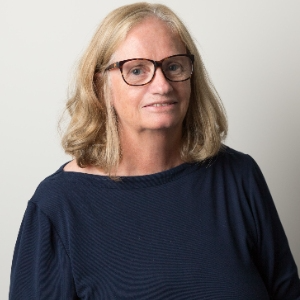Title : Green chemistry to overcome green roof reluctance in urban sydney
Abstract:
Australia is the land of fires, floods and droughts. With the expansion of our cities, canopy tree cover has decreased and heat island effects intensified. Application of green roofs has not been widely embraced. To understand why there is resistance to installing green roofs in Australian cities, we carried out a green roof trial on a light-weight metal roof in the North Sydney residential area. This Council Authority in their planning legislation encourages residents “to accommodate green roofs immediately after construction”. Their Resource Manual details the merits of green roofs including thermal insulation, increasing the life span of the roofs, reducing heat-island effects, and reducing stormwater runoff. In Australia, the barriers to widespread acceptance by residents and commercial developers of functional Green Roofs appear to be related to cost and lack of proven reliability, as well as confusion between functional Green Roofs and landscaped Roof Gardens. Landscape architects specify at least 300 mm of soil, watering systems and use of non local native plant species such as Sedum spp. Sedum spp. are the commonly planted species used on functional green roofs in Europe and America. They are succulents in the family Crassulaceae, and generally planted as a Sedum-mix blanket containing eight to twelve different types of Sedum. From a restoration ecology point of view, growing plants on harsh roof environments is similar in many ways to growing dune species on silica sands, where mycorrhizal fungal symbioses are critical for plant nutrient and water uptake. The efficiency of any green roof for climate mitigation is likely to depend on establishing these plant / soil fungal associations. The North Sydney roof trial followed the FLL-Guidelines for the Planning, Execution and Upkeep of Green Roof Sites. Instead of using Sedum spp., local native groundcover species were used. The factorial trial consisted of 40 cells (5 replicates, 2 soil types and 4 species mixes). The trial commenced on 8 November 2023 and the green roof was exposed to summer storms. After 3 months, despite the wind, summer heat and short bursts of intense rain, the plants in the 40 cells are thriving and soil micorrhizal fungi developing. The green chemistry of the soil micorrhizal fungi associated with local native species may be the breakthrough required for long-term reliability of Green Roofs in the harsh exposed environment.
Audience Take Away
- Roofs are challenging, exposed harsh environments, similar to that of exposed wind-swept coastal dunes.
- Utilising natural green chemistry of naturally occurring soil micorrhizal fungi is critical for the success of low maintenance Green Roofs;
- Local native plants are natural hosts of soil micorrhizal fungi;
- The efficiency of any green roof for climate mitigation is likely to depend on establishment of plant / soil fungal associations.



